
out of
TVs
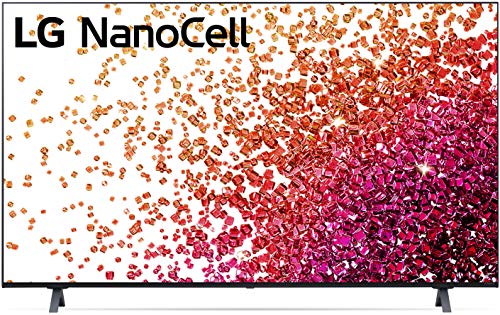
LG Nano75 Review
→
Published
True Score
True Score is an AI-powered algorithm of product tests and customer reviews.
Mixed Reviews

Experts
Consumers
Expert Rankings
(
)
The LG Nano75 delivers a satisfying 4K picture, with rich colors and good contrast ratio. Its webOS 6.0 is notably smooth and responsive, with LG’s signature Magic Remote for navigation. But its HDR performance is limited, due to some blooming.

We’re reader-supported. Commissions finance our mission. Our ‘True Score‘ system independently powers ratings. Learn more
Product Snapshot
Overview
The LG Nano75 is an entry-level model in LG’s NanoCell line of televisions, which became available in 2021. With it, you’ll be able to enjoy true 4K resolution, as well as excellent upscaling performance and picture quality. LG’s NanoCell TV makes use of nanoparticles to enrich colors with precise wavelengths, resulting in an overall improvement in image quality across the board. VRR (Variable Refresh Rate) and ALLM (All-Layered Lighting) are two other features that gamers will appreciate (Auto Low Latency Mode). Give our LG Nano75 review a read to find out what experts think, then take a look at today’s top-rated TVs.
Consensus
our Verdict

The LG Nano75 offers a stunning 4K picture with vibrant colors and great contrast. Gamers will love the VRR and ALLM features, and webOS 6.0 is smooth and responsive. Plus, the Magic Remote makes navigation a breeze. The only downside is some HDR blooming.
ReasonS to Buy
- Great 4K UHD picture quality
- Game optimizers like VRR and ALLM
- Excellent color accuracy
- Good black levels with local dimming
- Good viewing angles
Reason to Avoid
- Average sound quality
- Limited HDR performance
- Dark scenes may reveal some “halo” effects
LG Nano75 Specs
 | Backlight Type | Direct Lit |
| Display Type | LED | |
| HDMI Inputs | 3 | |
| HDR Format | HDR10 | |
 | LED Panel Type | IPS |
| Max Resolution | 3840 x 2160 (4k) | |
| Refresh Rate | 60 Hz | |
| Screen size | 50" | |
 | Smart Platform | webOS |
 | Sync Technology | n/a |
 | VRR | n/a |
All Specs
Test Results
These are the most important criteria to test for TVs based on our comprehensive Testing Methodology.
| Color Gamut % (DCI P3 xy) | 83.43 |
| Color Gamut % (DCI P3 uv) | 88.32 |
| Color Gamut % (Rec 2020 xy) | 59.94 |
| Color Gamut % (Rec 2020 uv) | 64.4 |
| Color Gamut % (sRGB) | 0 |
| Color Gamut % (Rec 709) | 0 |
| Color Gamut % (BT.2020) | 0 |
| Color Gamut % (Adobe RGB) | 0 |
| Color Gamut % (BT.709) | 0 |
| Contrast Ratio (x:1) | 942 |
| SDR Brightness (nits) | 204 |
| HDR Brightness (nits) | 269 |
| Input Lag (ms) | 10.1 |
| Response Time (ms) | 15.9 |
| Color Washout (Degrees) | 29 |
| Color Shift (Degrees) | 36 |
| Brightness Loss (Degrees) | 29 |
| Reflections (%) | 5.5 |
| Low-Freq Extension (Hz) | 84.76 |
| Freq Response StdDev @ 70db | 3.5 |
| Freq Response StdDev @ 80db | 3.76 |
| Weighted Total Harmonic Distortion @80db | 0.114 |
| Intermodulation Distortion @80db | 6.99 |
| EOTF (600 nit delta) | 0 |
| EOTF (1000 nit delta) | 0 |
| EOTF (4000 nit delta) | 0 |
All Tests

Can You Trust What You Read Online?
Fake reviews are taking over tech journalism—45% of sites are faking product tests. Don’t be misled.
Sign up now for exclusive access to Gadget Review’s bombshell investigation and uncover the truth about tech journalism.
Plus, stay ahead with our daily newsletter, packed with insights you can trust.
All Stores
Updated every 24 hours
- $332.99
Availability
In StockFree Shipping
No - Save $106$599.99$493.99
Availability
Not availableFree Shipping
No
Score Card
E
Expert Score
*.75
We place a 75% weighted value on Expert Test Scores
C
Customer Score
*.25
We place a 25% weighted value on Customer Scores
True Score
Any product with a True Score above 70 is a Mixed Reviews
Expert Scores
Publications with higher Trust Ratings are given more weight.
- 67The LG G1 OLED is an amazing overall TV. It delivers stunning picture quality for… Read More
By:
Kelsey Linhares - 48LG’s NANO75 offers an inexpensive entry into the world of 4K TVs. While the advertised… Read More
By:
Unknown
Customer Scores
- 90
(
4.5/5
)
1330Ratings
- 90
(
4.5/5
)
671Ratings
- 92
(
4.6/5
)
681Ratings
Learn More About TVs
TV Buying Guides_
Latest DEALS_
-
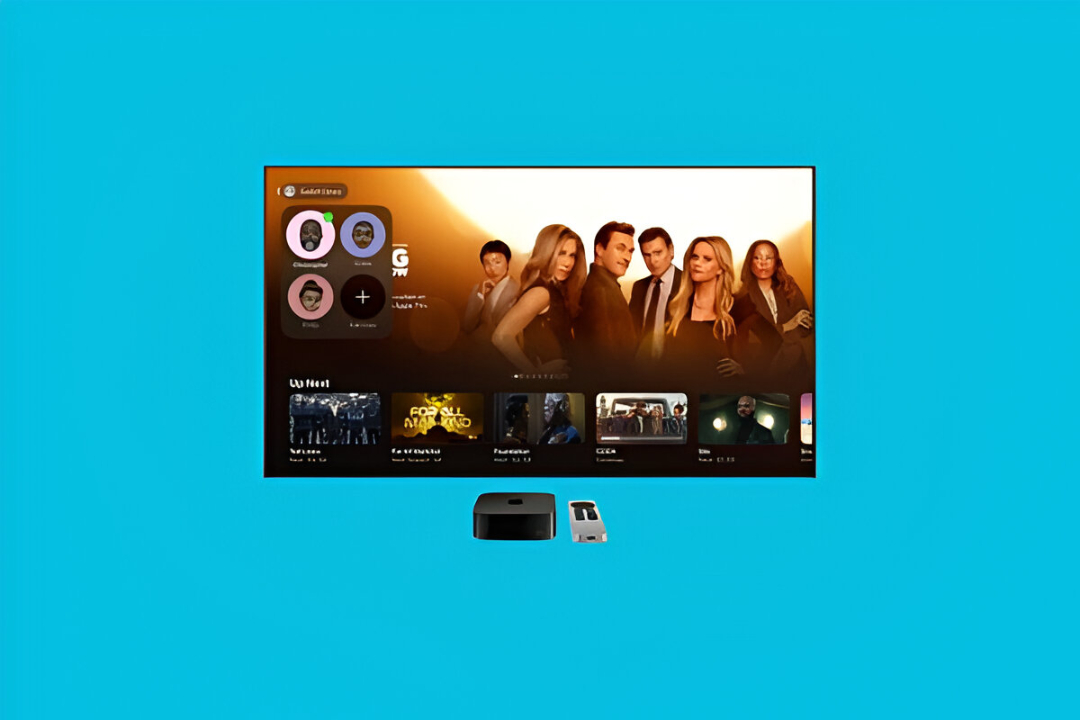
This Apple TV+ deal gives you 1 month free, then $9.99/month
·
-
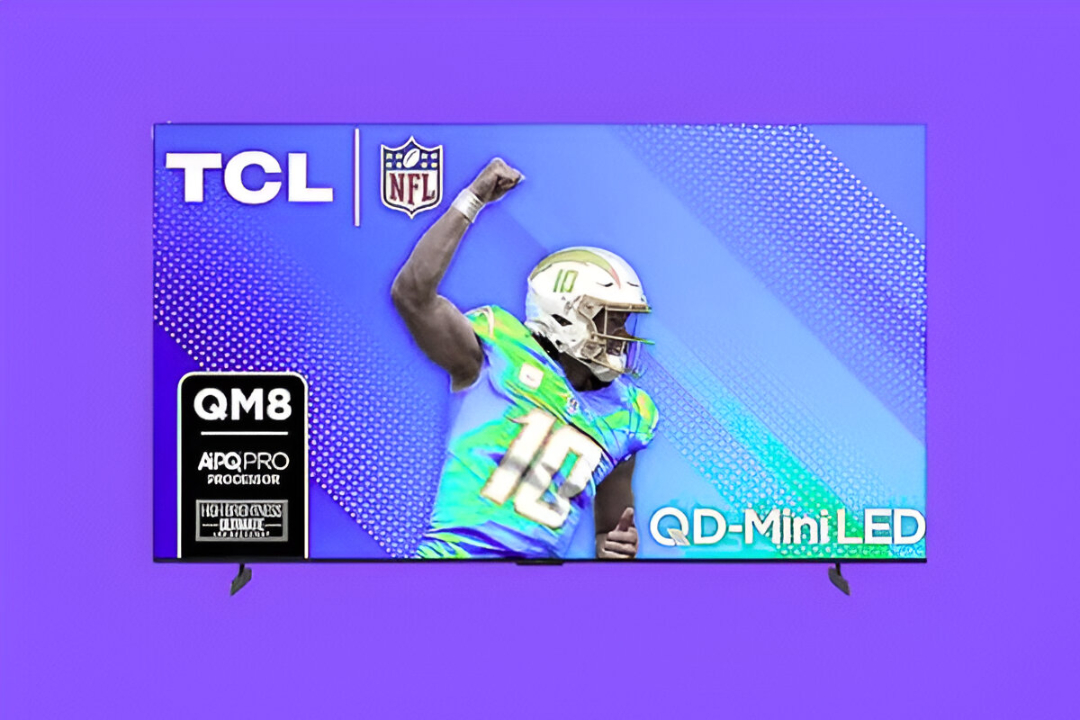
TCL 85-Inch QM85 QD-Mini LED 4K Smart TV (2024) – $1,796.99 (Save 33%)
·
-
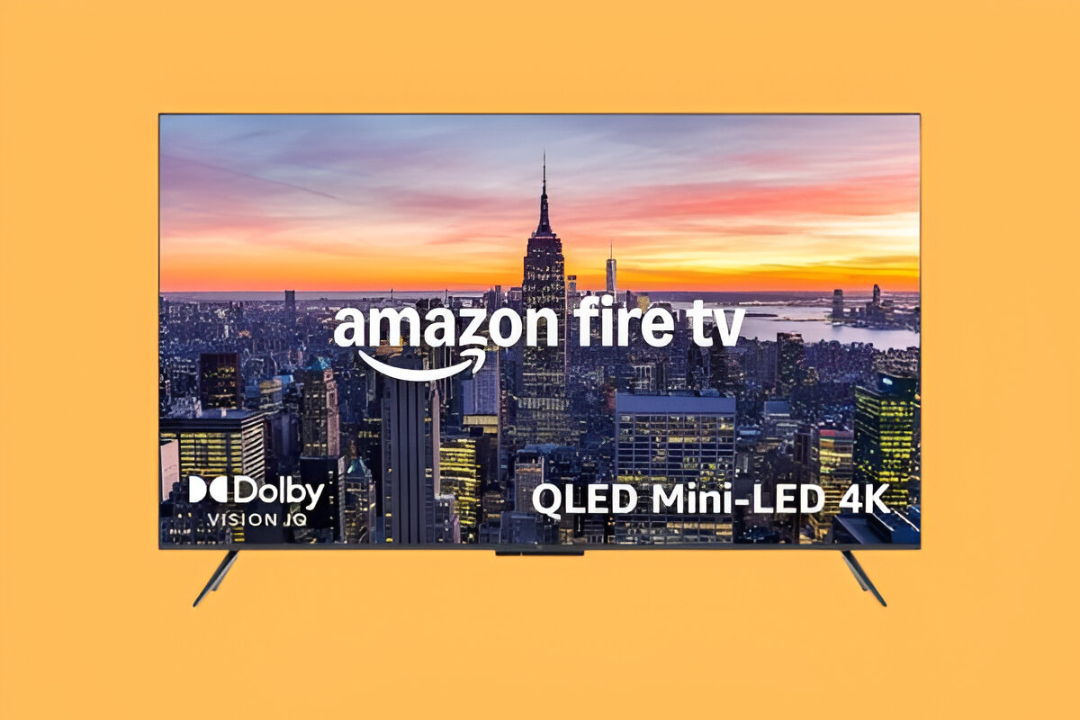
Amazon Fire TV 55″ Omni Mini-LED QLED 4K Smart TV – $769.99 (Save 6%)
·
-
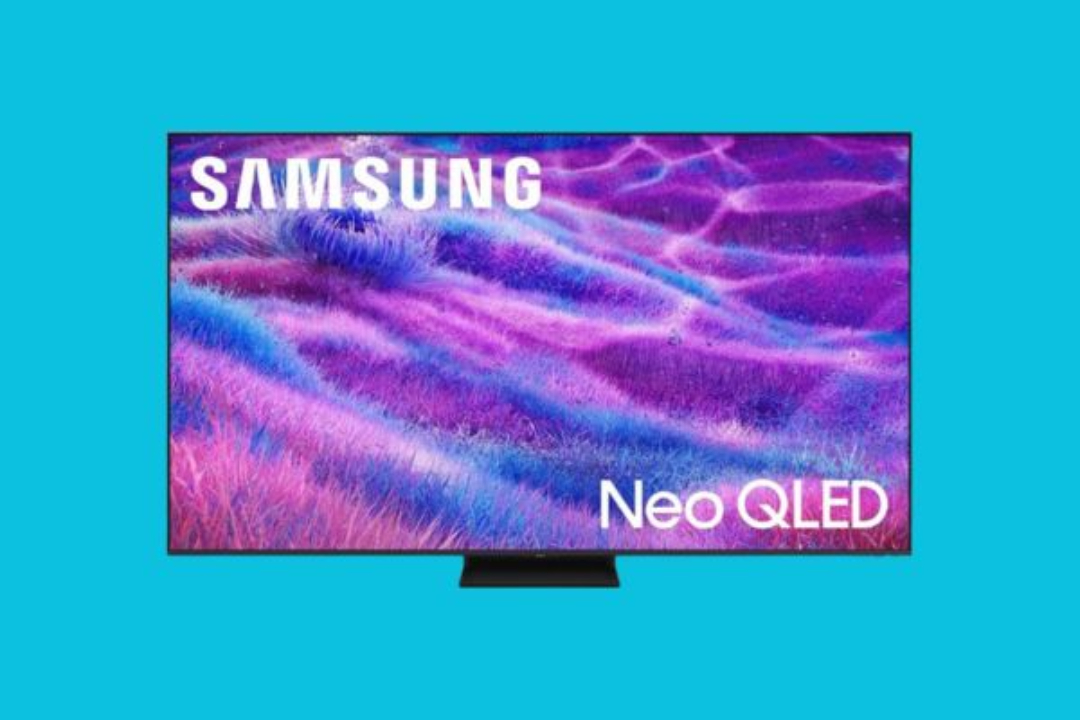
Samsung 85-Inch Neo QLED 4K Smart TV (2025 QN80F) — $2,197.99 (Save $1,300)
·
-
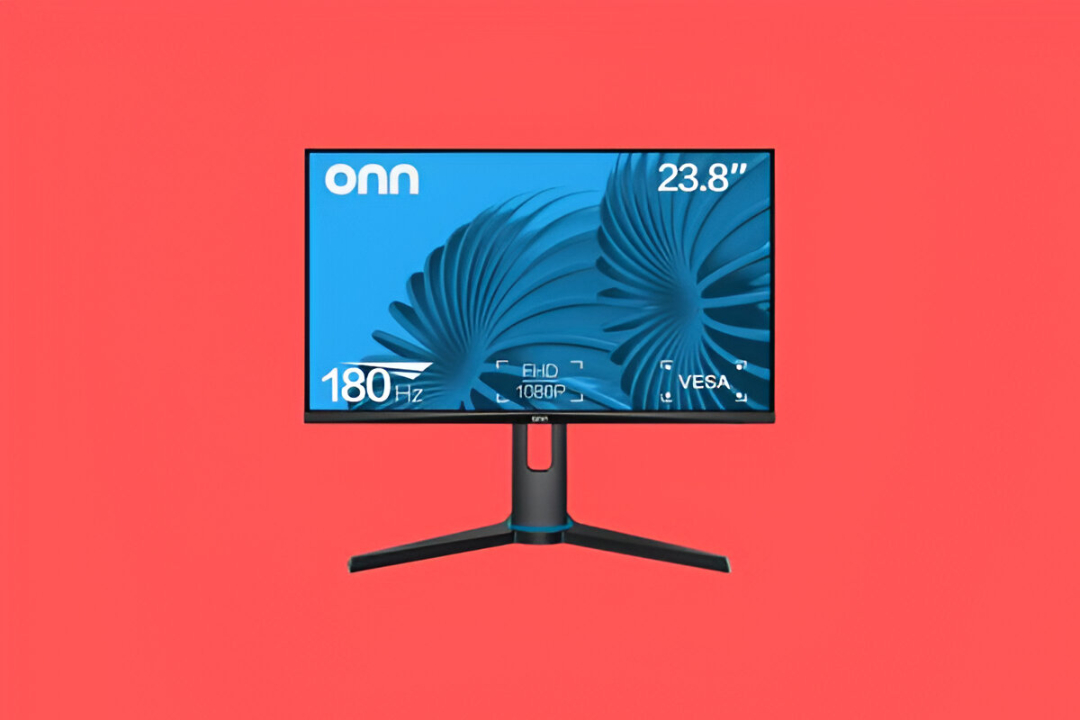
onn. 24″ FHD 180Hz 1ms FreeSync Gaming Monitor — $129 (Save $20)
·




















